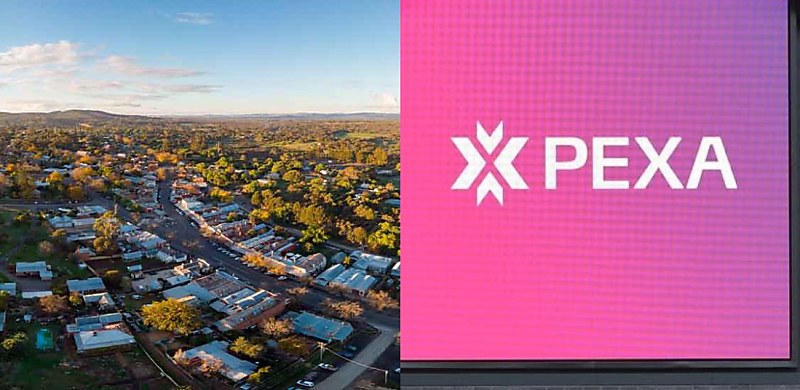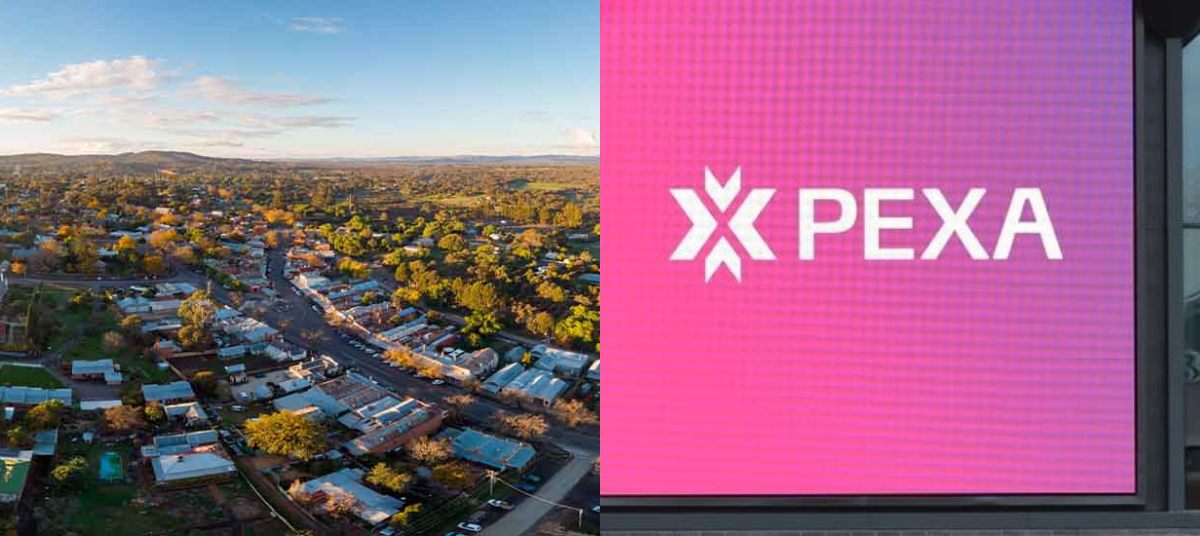
While pandemic housing demand saw buyers leave the metro areas, the trend’s switched, latest PEXA data has revealed.
The wider introduction of hybrid working conditions and more Australian workers heading back to the office have contributed to a changing trend in housing-demand locations — from metro to outer regions and now back again — latest research from PEXA and city-planning think tank Urbis has found.
The research collaboration, titled How Has the Pandemic Changed Demand for Property, has detailed the evolution of property demand in Australia’s three largest capital city markets — Sydney, Melbourne and Brisbane — has evolved as a result of the pandemic, for both buyers and tenants.
As PEXA and Urbis have highlighted, one of the report’s key findings was “a clear trend of consumers migrating to outer suburbia at the onset of the pandemic”, potentially seeking more space and embracing new working from home arrangements. Conversely, the report also outlined that “this trend has recently reversed, as hybrid working has been introduced more widely and more Australian workers are heading back into the office.”
The methodology behind the analysis saw each capital city classified into three segments, or ‘rings’ – inner, middle and outer – using 2021 Australian Statistical Geography Standard (ASGS) Statistical Area 2 (SA2) boundaries, PEXA explained.
Even new housing distribution – or not?
PEXA and Urbis’ research revealed that new housing supply was not evenly distributed across regions in our major cities.
It uncovered that new supply was “concentrated in inner and outer regions and less evident in middle regions of Sydney, Melbourne and Brisbane.”
The explained that whilst the middle ring “lagged behind” in all cities, Sydney was more successful than other cities in developing the middle.
“The middle ring of Sydney recorded double-digit growth in new residential dwellings over the five-year period from 2016 to 2021, referencing its ‘20-minute city’ ambition,” it stated.
“Both the purchase and rental research in this report makes evident the clear relationship between available property and price.
“For those seeking homes to purchase, the outer rings of Sydney, Melbourne and Brisbane are the ‘go to’ markets, offering higher turnover at lower price points,” it highlighted.
Conversely, middle ring areas “offered lower levels of turnover, lower volume of new development and higher prices,” the research showed.
“For those seeking rental accommodation, the inner rings have been doing more of the heavy lifting, although there has been a notable shift to more rented property in middle rings over time.
“The volume of rental listings overall is trending down across all three cities.”
City-to-city snapshot
In greater Sydney, outer ring settlements spiked during the height of the pandemic in FY21, up +30.3 per cent on the previous 12 months, PEXA stated.
This demand, however, has since “fizzled out” dramatically, it added -with settlements in this ring down -1.2 per cent in FY22 year-on-year. Inner and middle ring settlements have held steady since July 2020, PEXA reported.
A similar trend was identified in Melbourne where outer ring settlements were up +18.5 per cent in FY21 compared to the previous 12 months, but this growth slowed in FY22 to an +8 per cent increase year-on-year.
Inner ring settlements dipped -5.7 per cent in FY21, but returned +5.6 per cent in FY22, recovering from the impact of restrictions at the onset of the pandemic, such as border closures.
Middle ring settlements experienced the greatest change, having dropped -1.4 per cent in FY21, before soaring to an increase of +23 per cent year-on-year in FY22, the research found.
Uniquely, Brisbane was the only capital city to have growth in all segments across both financial years. While this slowed slightly in FY22, “it is clear to see why this market has been the best performing state nationally for settlement volumes,” said PEXA.
Inner ring settlements grew by +58.6 per cent in FY21 and a further +35.9 per cent in FY22; middle ring settlements were up +79.2 per cent in FY21 and an additional +19.5 per cent in FY22; and outer ring settlements lifted +42.1 per cent in FY21 and +12.5 per cent in FY22.
“These numbers support the rise in demand for housing in Brisbane as net interstate migration exploded, with many homebuyers moving north from Victoria and New South Wales in record numbers,” it concluded.
'Reverse donut' pattern uncovered
PEXA’s head of research, Mike Gill explained: “Throughout our research over the past two years, Brisbane and more broadly, the state of Queensland, has consistently proven to be the standout property market in Australia, evidenced by the inner, middle and outer rings of Brisbane all posting double digital year-on-year increases in settlements in FY22."
“In Melbourne and Sydney, we saw a clear outer ring bias, which has since corrected over the past 12 months as we’ve moved into a more ‘COVID normal’ phase.
"The middle and inner segments of these cities increased in popularity during FY22, with many buyers choosing to be closer to work and embracing the amenity of our cities now that restrictions have been removed.
“We also found new housing supply was not evenly distributed across regions in our major cities.
"Our three largest cities exhibited a distinctive ‘reverse donut’ growth pattern, with new dwelling supply concentrated in the inner and outer rings, but far less growth in the ‘middle ring’ suburbs.
“Looking deeper into the middle suburb segment, new housing has been relatively supply-constrained, with demand tending to outstrip supply over an extended period. This trend of the ‘missing middle’ is likely to continue, unless new housing supply is unlocked in order to meet demand from suburban buyers and renters.”
Finding the missing ground
Urbis Director, Mark Dawson said: “The pandemic turned our housing markets inside-out. The more time locked inside, the more people moved out. Now our markets are turning outside-in as those drivers have been reversed – and tenants are rushing back to inner areas. With a comprehensive picture of how our housing markets are working, we must find the missing middle ground. This means looking beyond the transient trends and addressing structural imbalance in the supply, type and tenure of homes – across our cities.”
[Related: Refinancing ‘extremely elevated’ as households feel rate pressure]
